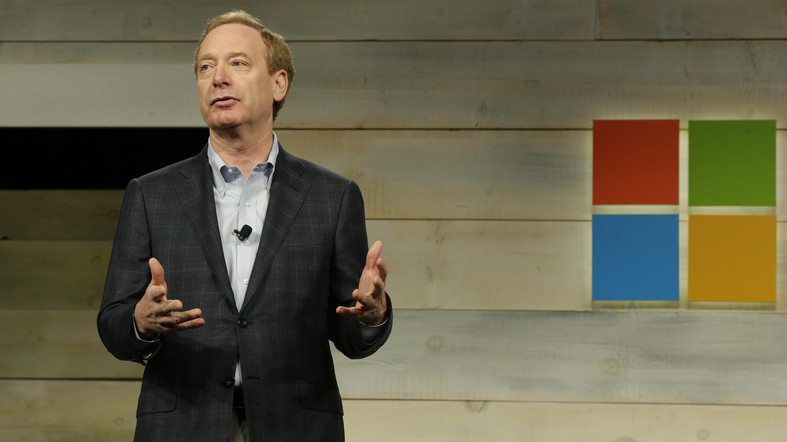
- Microsoft on Monday announced Azure Sphere, a new technology to protect the processors that power smart appliances, connected toys, and other gadgets.
- Azure Sphere is powered in large part by Linux, a free operating system that Microsoft once viewed as a major threat.
- It’s the first time ever that Microsoft has made Linux part of a product offering.
Microsoft announced on Monday a new technology called Azure Sphere, a new system for securing the tiny processors that power smart appliances, connected toys, and other gadgets.
We’ll get to the specifics in a moment, but here’s the really notable part: To power Azure Sphere, Microsoft has developed its own, custom version of Linux the free, open source operating system that Microsoft once considered the single biggest threat to the supremacy of its Windows software.
“After 43 years, this is the first day that we are announcing, and will be distributing, a custom Linux kernel,”
Microsoft President Brad Smith said on stage at an event in San Francisco.
Smith said that by Microsoft’s reckoning, the fact that most new gadgetry comes with a processor is cause for concern: In 2016, unsecured cameras and other appliances were harnessed by bad guys to mount a massive cyberattack that took down major websites for hours. Years later, people are still buying smart gadgets, but security hasn’t always improved.
To that end, Azure Sphere takes a combined approach, using hardware, software, and the cloud to hopefully solve this problem.
First, Microsoft has come up with a design for a new, more powerful kind of microprocessor, which it will make available to actual chip manufacturers for free.
Second, Microsoft has developed Azure Sphere OS, the Linux-based operating system that will run on those chips Smith says that while Microsoft is a “Windows company,” a full-fledged version of its flagship operating system was too big and too unwieldy for what it had in mind.
Third, the chip/OS combo will be integrated with an Azure Sphere cloud security service, which will keep the devices up to date with security patches for 10 years or longer.
Smith says that the first Azure Sphere-powered hardware will hit the market later in 2018, with details forthcoming.
But, hey, Microsoft is making its own Linux! That’s weird, and yet, it’s been a long time coming.
When Microsoft CEO Satya Nadella took the job in 2014, one of the first things he did was announce that “Microsoft Loves Linux.” Since then, Microsoft has added robust support for Linux in its Azure cloud platform, while letting developers integrate Linux with their copies of Windows 10. In 2015, too, Microsoft developed a much smaller Linux-based technology as part of a larger open-source software package.
This, though, is the first time that Microsoft not only developed a version of Linux all its own, and then made it the cornerstone of a product offering. It’s just proof that anything is possible.
Original article by Matt Weinberger